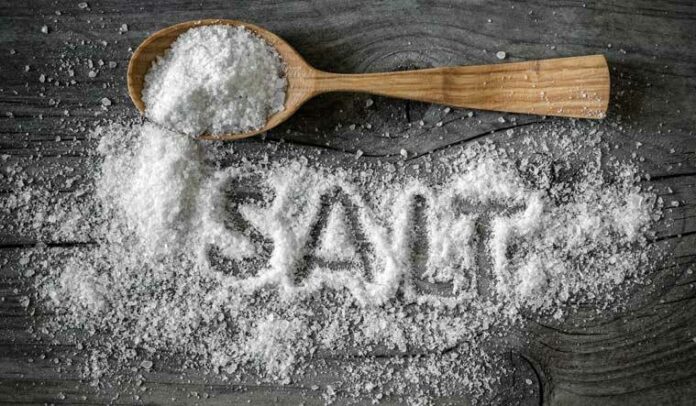I poured salt on a wound yesterday. Literally. I have a small wound on the tip of one of my fingers and didn’t even consider it as I started to fill a salt shaker. OUCHIE! It burned and stung so bad that the idiom immediately came to mind. But why is it not only a play on words but true? Why does salt hurt a wound? It got me thinking and I’m here to tell you.
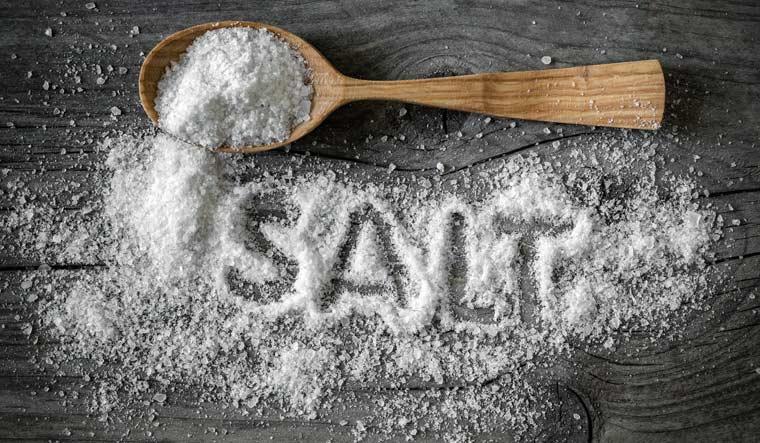
I’ve always been more of a salt person than a sweets person. Give me chips and dips over cakes and pies any day. Salty, savory is my MO but I still want to know why putting salt on a wound hurts yet we are often told to gargle with salt water to heal mouth aches and pains and bathe in Epsom salt to treat wounds and infections.
The reason pouring salt on a wound hurts, I researched and learned, is because when tissue is damaged, pain receptors become sensitized and as the salt dissolves, it causes the fluid surrounding the cut to become hypertonic. Putting salt on a wound basically stimulates pain-sensing neurons in much the same way a hot pepper does. Been there done that too.
But science be damned! Onto more fun and interesting stuff!
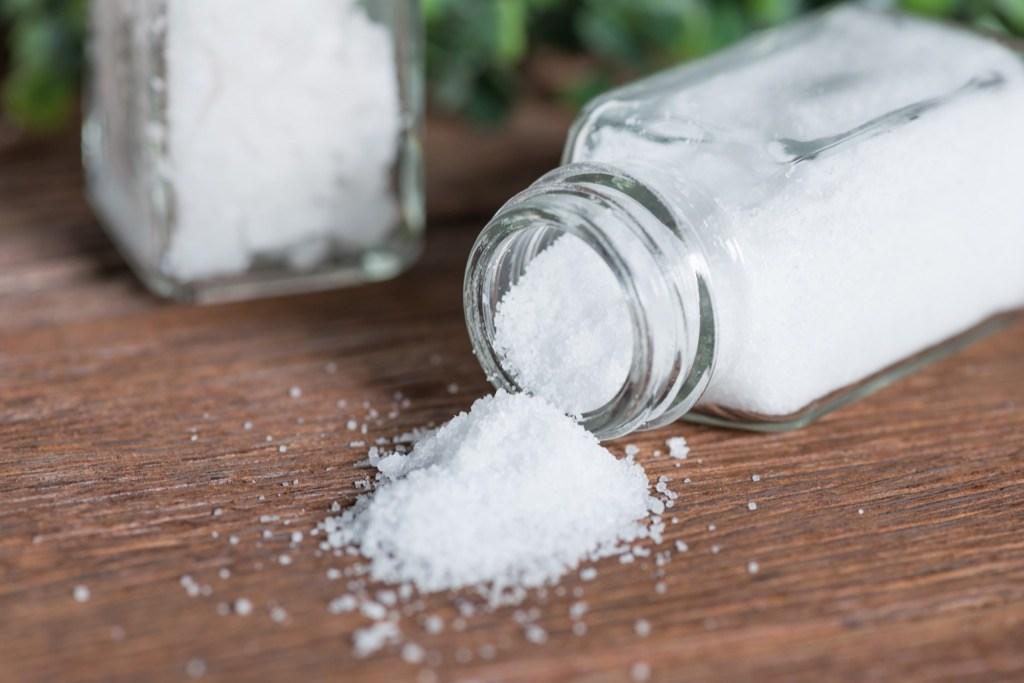
So putting salt on a wound does actually make matters worse, but the saying is also an idiom for making a difficult situation even worse. The idiom “pour salt on the wound” dates back to the mid-1800s when salt was used as a further punishment on wounds previously caused by flogging. (An idiom, for all you fellow wordsmiths out there, is a group of words that have a meaning that often isn’t literal. Think “costs an arm and a leg” or “stabbed in the back.” ) But, should we take all of this with a grain of salt? Hah! Another one! Another salt idiom!
To take something with “a grain of salt” means to view something with skepticism or to take something lightly, especially advice. For example, “anything free should be taken with a grain of salt as nothing is really free.” Tell that to some politicians!
Someone who knew all about salt was Jesus. He told His disciples “You are the salt of the earth.” Back then, salt’s primary use was that of preservative while today we think of it more as something that brings flavor and zest to food. Doesn’t Jesus do both? He preserves us yet enhances us just as salt preserves and enhances something other than itself. Amazingly, even today’s definition of “salt of the earth” refers to an individual or group considered the best or most noble in society, much like those very disciples.
And, if you look closely at Leonardo da Vinci’s “Last Supper” painting, you’ll notice that Judas Iscariot has knocked the salt cellar over with his elbow. Thanks to the traitor of all traitors, spilled salt became associated with treachery, lies, and bad luck. Because of this, if you do spill salt, it’s believed that tossing a pinch over your shoulder blinds the devil and removes bad luck.
Speaking of dinner tables, did you know that proper etiquette dictates that anytime you are asked to “pass the salt” you should always pass the pepper with the salt?
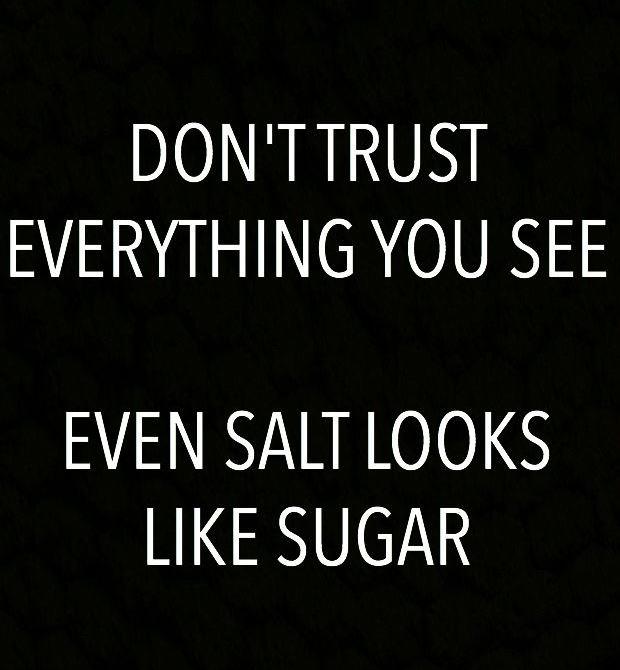
Read more : Why Did My Google Review Disappear
And although salt is often a frowned upon diet supplement, it does have its benefits. Gargling with salt water is often recommended to alleviate sore throats and mouth ulcers and Epsom salt is commonly used in baths as a way to draw out infection and soften skin. Caution should be taken however, and doctors should be consulted.
One area all doctors agree on is that eating too much salt, properly and formally known as sodium chloride, is not good for you. Less is certainly best as diets high in sodium increase blood pressure levels. Uncontrolled high blood pressure, as we all know, puts you at a higher risk for stroke, heart disease, and kidney failure.
Salt does have its diet benefits though. It helps maintain the body’s balance of fluids and too little salt can lead to weight gain, chronic kidney disease, and increased blood pressure and heart rate. Sounds like we need the perfect balance of sodium intake and yet Americans consume 50 percent more salt than is recommended daily. Just yesterday I was playing tennis and sweated profusely. As I was starting my yoga class later that evening, the toes on my left foot were cramping up. I realized I had sweated out so many bodily fluids and that I was a bit dehydrated. I drink water all day every day, but at that point I realized I hadn’t drank enough. Maybe if I had eaten a bag of chips before tennis I’d have been okay? LOL.
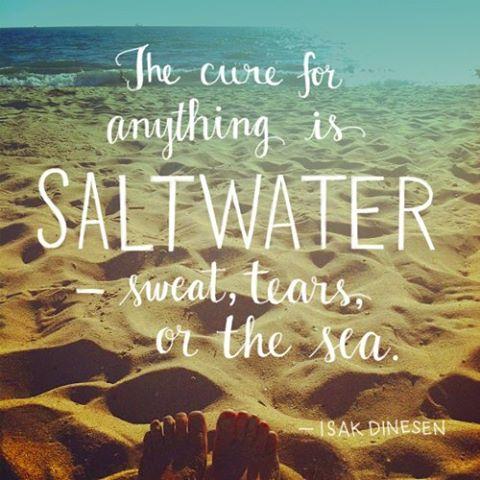
If there’s anything related to salt that can be considered satisfying, it’s saltwater. Yes, exercise does a body so much good and sometimes a good cry is exactly what we need, but try your hardest to feel stressed and anxious as you listen to waves crash against the shore…whether in person or a recording of. Even better, take a dip in salt water as seawater is rich in minerals like magnesium, zinc, iron, and potassium, which are anti-inflammatory and thought to help heal and protect the skin.
There’s perhaps nowhere better to take a saltwater dip than the Dead Sea. Not only is the famed mid-east body of water earth’s lowest elevation on land, it is nearly 10 times as salty as an ocean and is very dense, which makes swimming in it more akin to floating than actual swimming. The Sea’s salinity is around 35 percent and is much higher than that of oceans, which average just under 4 percent salinity. Comparably, Utah’s Great Salt Lake is much more like oceans than what we think of lakes and can go as high as nearly 30 percent salinity. Sadly, the salinity of the Dead Sea makes for a very harsh environment for living things like plants and fish, which is how it got its name. Salt Lake is also considered devoid of fish but does have some algae.
If you can’t swim in sea salt, maybe just drink some. Saltwater flushes are often used to cleanse the colon, treat chronic constipation, and help detox your body. As always, consult your doctor first.
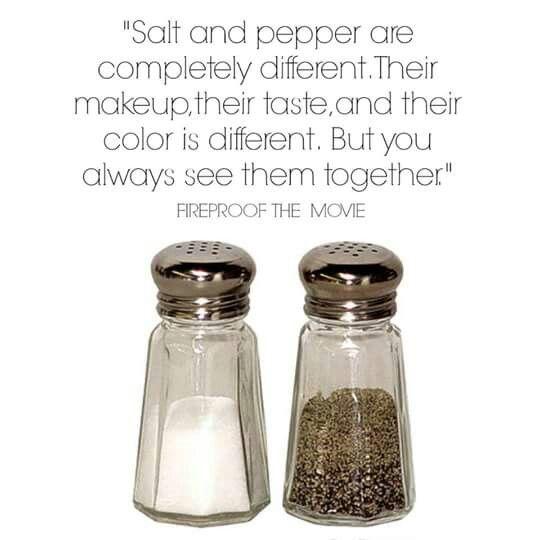
And speaking of sea salt, is it the one we should be eating and adding to our food? It used to be easy picking a salt. Drive to the grocery store, pick up a blue oval container with a picture of a girl holding an umbrella on it, and be on your way. Today like seemingly everything, it’s much more complicated. Salt now comes in a variety of textures and flavors and what to use when is sometimes a hotly debated topic.
Chef Joe Anthony keeps it somewhat simple when he says to use pink salt to cure, kosher salt during cooking, and sea salt to complete and finish a dish. Let’s take a look at these and other kitchen salts.
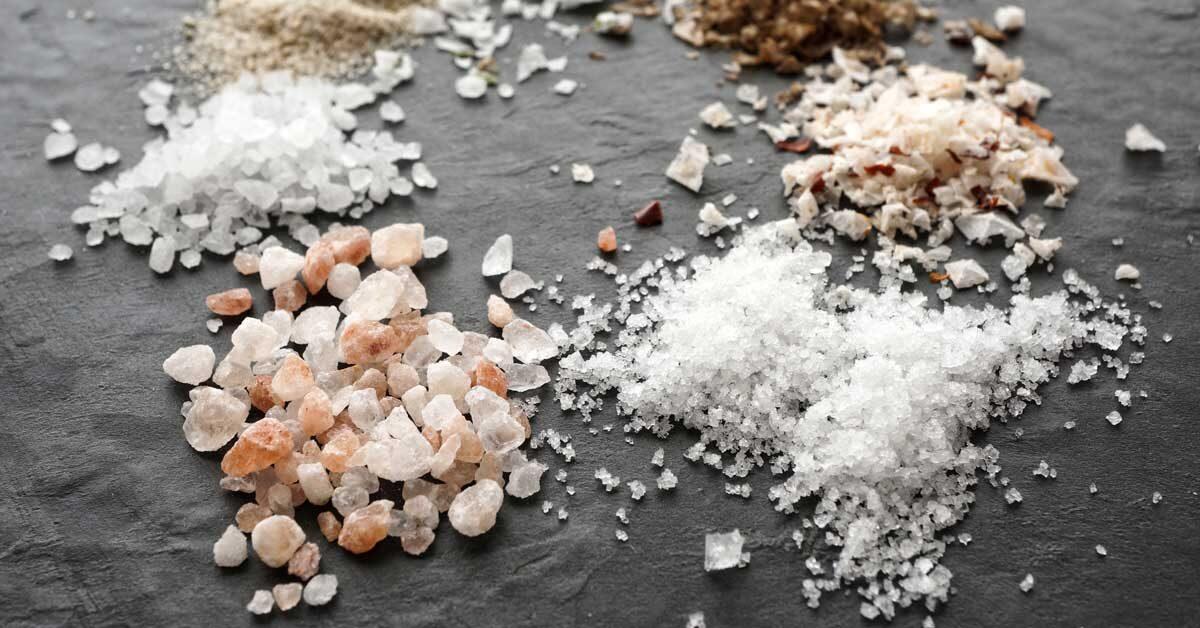
Table Salt
Read more : Why Is Radius Global Calling Me
This is probably the salt you think of when someone says salt. It has usually been stripped of all minerals except sodium and chloride and consists of fine, evenly shaped crystals, which make it denser than other salts. You can usually tell it’s table salt just by how fine it is. This salt is typically mined from salt deposits underground and is best for keeping out on the table for last-minute meal seasoning. It’s also good for salting pasta or seasoning soups.
You will find “iodized” versions of this salt, which was first sold in the U.S. in 1924 in an effort to reduce goiter, a health issue that was plaguing some parts of the country. If you’re eating a healthy, balanced diet of food like fish and veggies that contain iodine, you should be good to go.
Kosher Salt
Kosher salt is also iodine-free, is less refined than table salt, and is often considered the most versatile. Every pantry should have it at the ready as it’s the best salt to use when salting pasta water to bring to a boil. It’s great for seasoning before, during, and after cooking and its large flakes are especially good for seasoning meat before cooking. Because it doesn’t have iodine, it dissolves easily and is the perfect t salt for pinching.
Sea Salt
Of all the salts, this one undergoes the least processing and is often considered the best everyday use salt. Flakes are collected from evaporated seawater and are unevenly shaped and coarse. Sea salt is typically more expensive but you can use less of it. It’s best for finishing.
Pink Himalayan Salt
Many consider this the purest, most nutritious and “complete” salts as it is rich in minerals and some believe that adding it to your diet may help repair mineral deficiencies. Himalayan salt contains iodine, magnesium, zinc, iron, and calcium-the five minerals the U.S. population is said to be most deficient of. It is sold as fine or coarse grains, with fine-grained most recommended. The pink part? Not only is it kinda pretty, the hue indicates the salt is dense in minerals. The salt is also thought to aid external detoxification in bathing situations and all those salt lamps you see? They’re pink Himalayan…if they’re authentic…and are said to neutralize the air and rid it of pollutants. I have one and I try to remember to turn it on every day.
Maldon Salt
My dear friend Karen, who worked at a popular and reputable kitchen store, gave me some of this a few years back and said it’s the best salt around. I’d never heard of it but took her word for it and I gotta say, she was right.
Maldon Sea Salt Flakes is not a type of salt, it’s actually a brand named after a town an hour’s drive from London on the River Blackwater in southeast England, where salt has been harvested for thousands of years. If you’re a chef or just love to cook, you’ve heard of Maldon salt. It is considered less bitter and less salty than other salts and its pyramid-shaped flakes are famous not only their full-flavor but for the visual and textural affect they give to dishes like grilled steaks. The best way to use Maldon salt is as a finishing salt. Sprinkle it on scrambled eggs, veggies, grilled meat, and the likes right before serving.
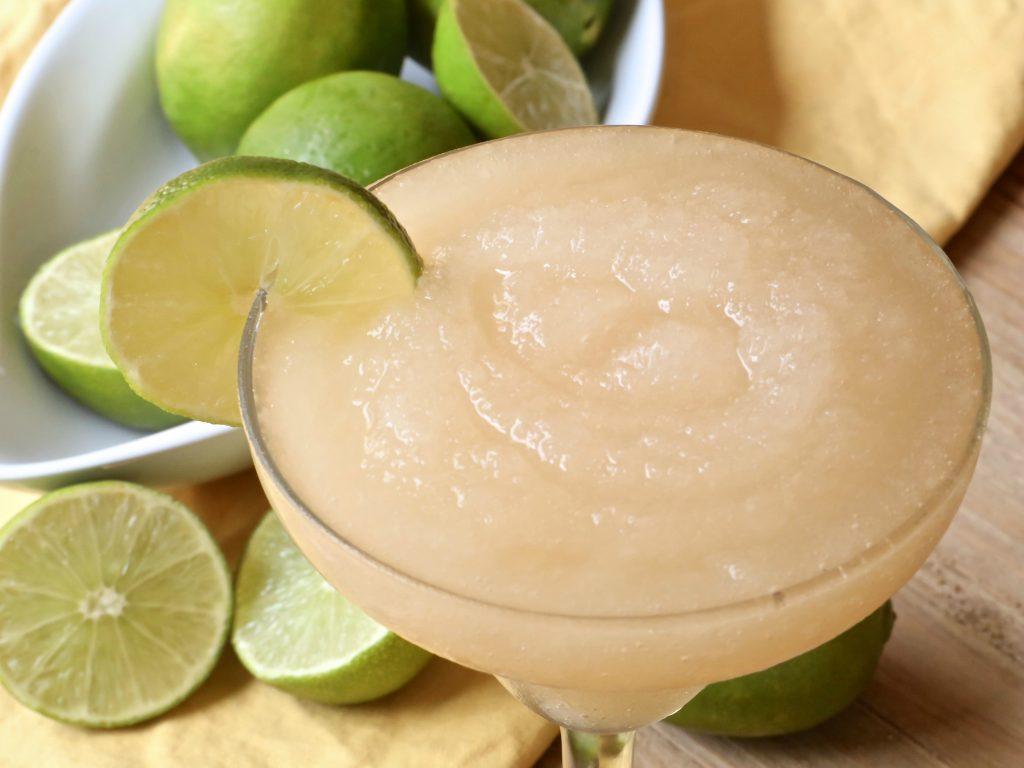
So that’s the skinny on all things salt and salty. To celebrate, I think I’ll go have a skinny margarita…frozen no salt. Go figure. But that’s a whole other blog.
Source: https://t-tees.com
Category: WHY

